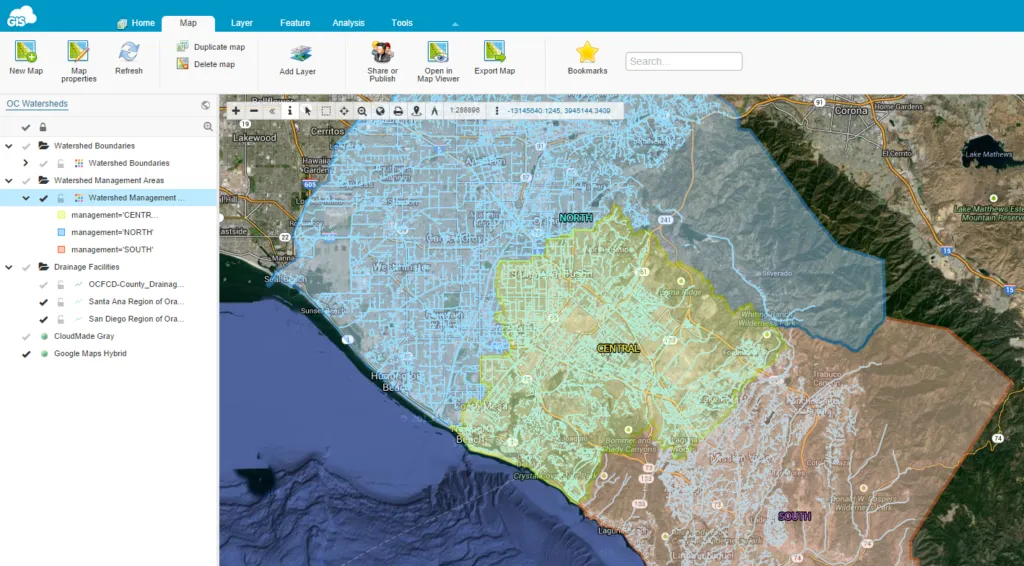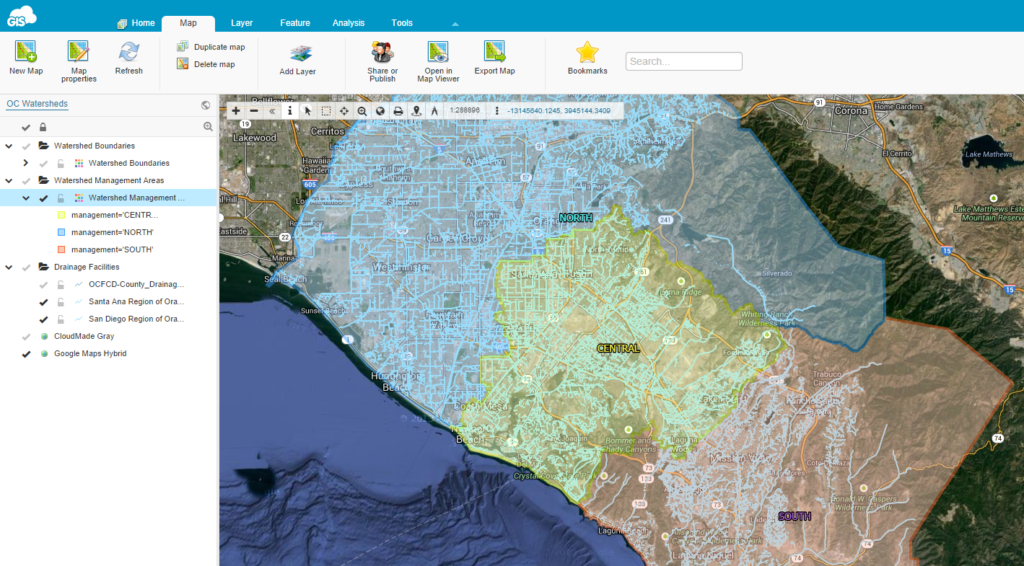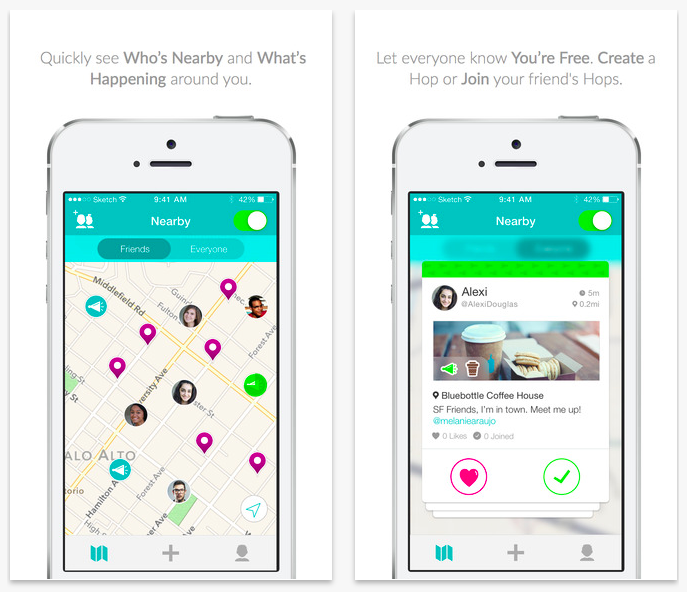
Where is the Cloud in GIS for Watershed Management?
With the recent increase in frequency of flooding events (followed by the usual ‘I haven’t seen this in the past hundred years’ comment), a GIS-related observation came to mind. It is highly unlikely that we will ever be 100% sure in terms of preventing ‘Mother Nature’s rage’, but we do have tools to help with the side effects of these events. So what would be some of the key values when talking about GIS for evaluating watershed conditions and environmental processes affecting them? Technology, Cloud and Collaboration come to mind.
TAKING ADVANTAGE OF TECHNOLOGY
It’s there so why not use it. Different apps and tools are being developed and upgraded constantly so keeping track of them is quite a challenge. Planners, consultants and decision makers recognize the spatial significance of resource management at a water body scale. So here comes GIS to save the day. But how, you might ask yourself? Do I need to be a GIS expert to incorporate tools into a water oriented decision making plan? Not at all as the beauty of GIS is to adapt it to your needs and your workflow. User friendly apps, developed for both GIS and non-GIS experts are ‘the thing’ to look for.
BRING IN THE CLOUD
Why lock yourself to the desktop? Water management thrives on data from the field so having the timely and accurate collected data helps you to:
- understand relationships between variables being monitored
- communicate impacts on water and environment
- compare historic and new data to make effective strategies
So, where is the Cloud in GIS you ask, and where is the connection with water? Cloud helps you to have your newly collected data and previously obtained data available to you from any place, any device, at any time. Follow the progress from the field while being on a different side of the world, and decision making becomes ‘real’ in real time.
Orange County Watershed Map in GIS Cloud’s Map Editor
COLLABORATE TO THE FULLEST
Isn’t this the most important value of a GIS strategy? Get an input from different departments, different companies, having an insight from the team in the field, as well as in the office… By having a way to collaborate ‘on the go’, you are minimizing your time rate put into a project while getting more out of it in terms of efficiency and accuracy. And who wouldn’t want that.
Bring in different layers of information, manipulate big data sets, share it within your organization and out so that you can easily understand what goes on in watersheds, what processes affect them and what decisions need to be made to preserve them. Because after all, no matter where we live, we live in a watershed.










